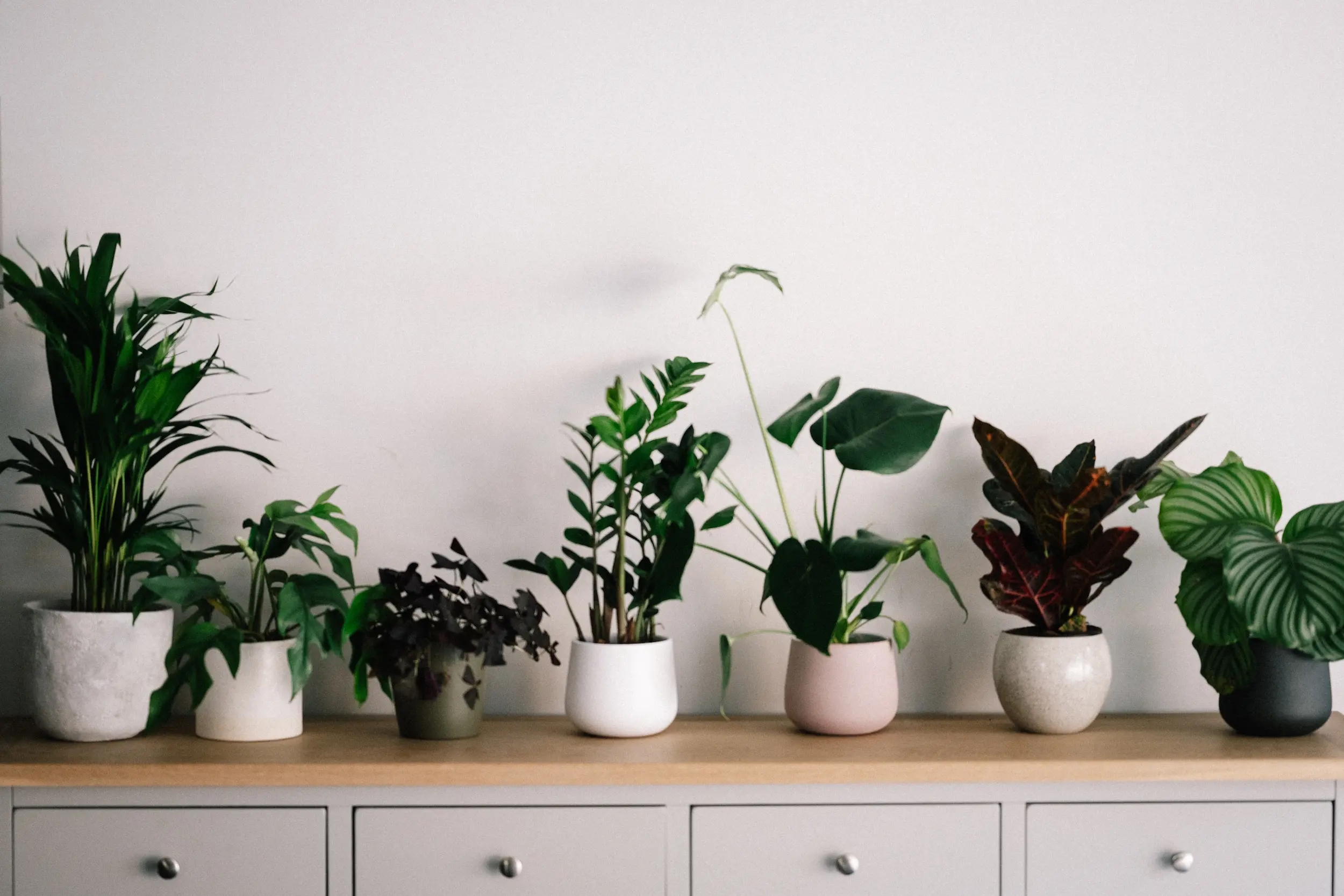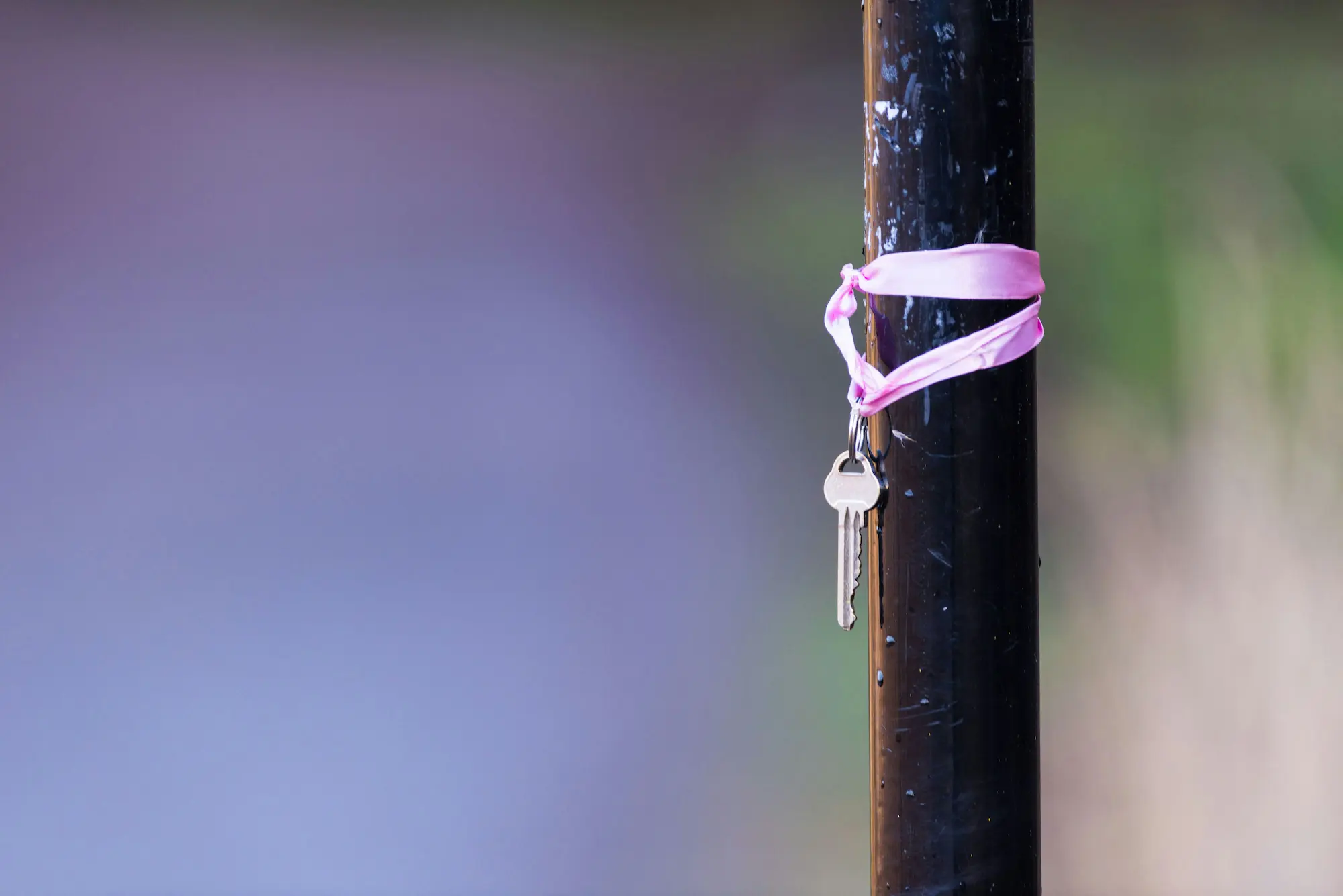We’ve reached the third part of our series, and I hope you enjoyed the previous brief summaries. By now, I think you already know that keeping indoor plants has numerous benefits. They enhance air quality, reduce stress, boost mood, and create a visually appealing environment. Additionally, they can improve productivity and help you connect with nature indoors.
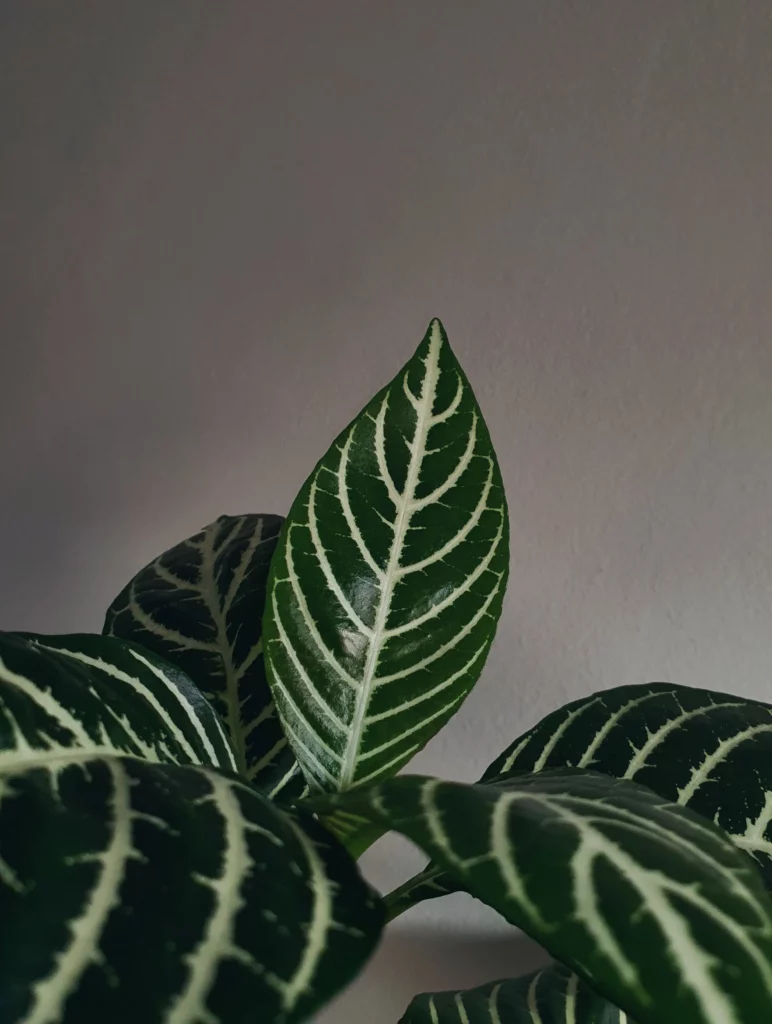
Zebra Plant (Aphelandra squarrosa)
Zebra Plant, known for its striking striped leaves, adds a touch of the exotic to your home. It prefers bright, indirect light and well-draining soil. Water it when the top inch of soil is dry, and be mindful not to overwater, because it can lead to root rot. They are generally safe for pets.
Ideal Location: Kitchens, bathrooms, or near east or west-facing windows.
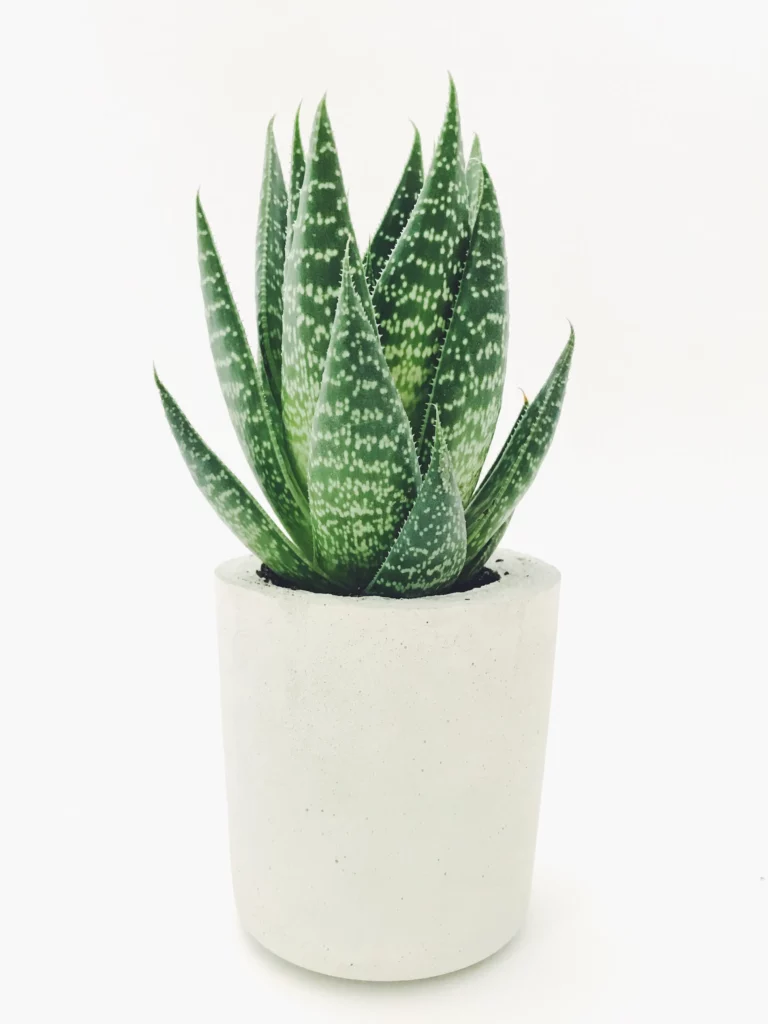
Aloe Vera (Aloe barbadensis miller)
Aloe vera plants are both decorative and practical. They love bright, indirect light and are easy to care for, they prefer to dry out between waterings. Plus, they have soothing properties for minor skin irritations. Fortunately, they are generally safe for pets.
Ideal Location: Kitchens, bathrooms, or near south or west-facing windows.
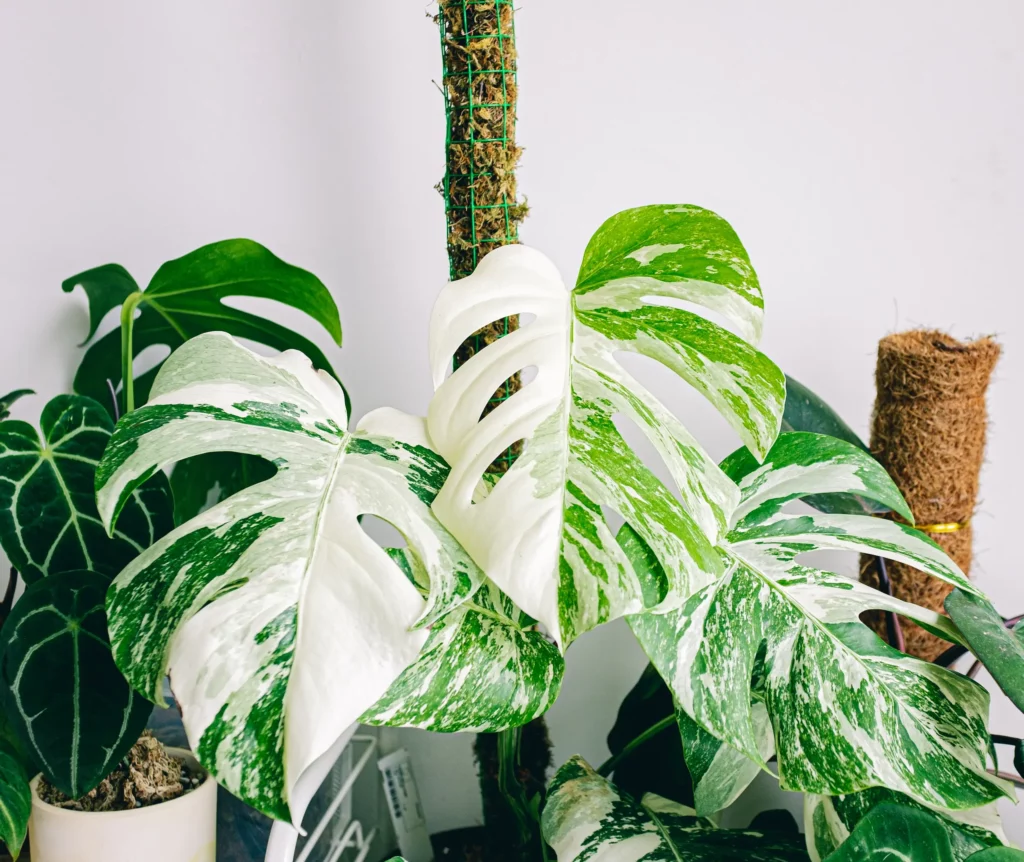
Monstera (Monstera deliciosa)
Monstera prefers bright, indirect light but can tolerate some shade. Keep its soil consistently moist but not waterlogged, allowing the top inch to dry between watering. Unfortunately, they are considered toxic to pets. Prune your Monstera to control its size and shape. You can also trim leggy stems to encourage bushier growth.
Ideal Location: Living rooms, bedrooms, or home offices, near north or east-facing windows.
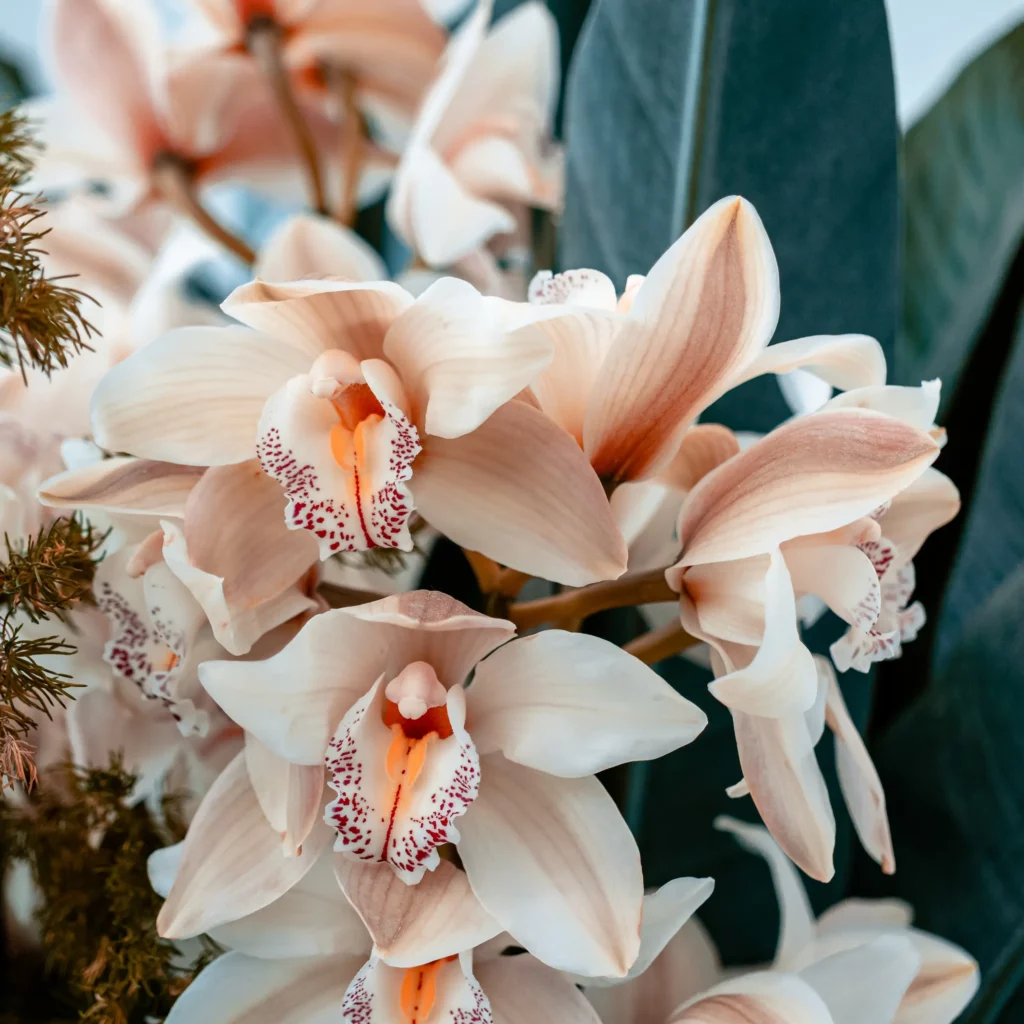
Orchid (Orchidaceae)
Orchids require bright, indirect light and consistent humidity. The even better news is that they are non-toxic to pets. Orchids have unique watering needs. Typically, they need to be watered once a week, but this can vary depending on factors like humidity and potting mix.
Ideal Location: Bathrooms, kitchens, or rooms with east or west-facing windows.
In our series so far, the featured plants adorn the category of the most popular indoor plants. What contributes to their popularity besides their beauty? Mostly their “low-maintenance” and ease of care. As we reach the end of Part Three, I think it’s time to transition to the more demanding yet stunning plants. We’ll be back soon.
